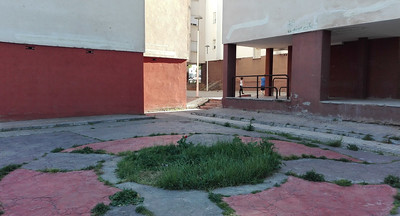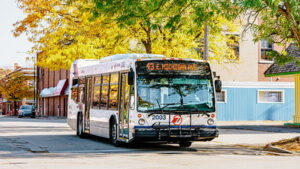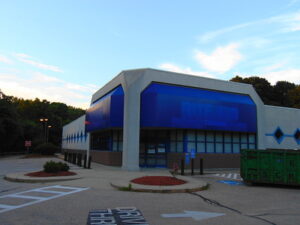I recently read an interesting editorial regarding public debt. The author divided “public debt” into three different kinds of mismanagement: budgetary mismanagement; failure to invest in infrastructure; and failure to provide necessary services. Neglected maintenance falls into the author’s second category of debt.
Although I agree in principle with the idea that “public debt” is much larger than mismanagement, neglected maintenance is a special kind of mismanagement. No matter where you go, or what public institutions you look at, you will find neglected infrastructure. New York City failed to remediate the Hurricane Sandy damage to its subway system. Or CUNY Bronx Community College reverted to online classes in November because it had no heat in its buildings. I’m not purposely picking on New York. Neglected maintenance is a near-universal problem. A recent audit revealed that the public universities in Kansas have a combined maintenance backlog of more than $1.2B.
It’s time to start recognizing neglected maintenance for what it is, and treating it accordingly: a liability. Right now, it’s an “off-the-books” liability, but that needs to change. Public institutions – like colleges and universities – should be required to account for and disclose on the books the maintenance liability they carry.
It’s more than just being honest about what’s not getting done. It’s acknowledging that neglect reduces the value of the campus and poses a potential danger to the people who enter the premises. We should not treat undone maintenance as a no-cost foul. In addition to recognizing the liability as a matter of public accounting, institutions should also carry additional liability insurance because neglected maintenance represents a danger to the public.
Neglected maintenance should be accounted for
In Washtenaw Community College’s case, its two recent sanitary sewage discharges not only caused the closure of the campus, but also discharged untreated sewage into the Swift Run Creek – which leads back to the Huron River. Beyond the cost of replacing a sewer system for the campus, there’s also the issue of the damage that untreated sewage caused to the watershed.
Prior to the renovation of the Morris Lawrence Building, WCC had to install netting to catch the brick facing that was falling off the building. It also had to add special markers to the heaving cement outside the doors to the building. Inside the building, leaking water promoted mold growth. All of these things represent liabilities – in both the legal/insurance and accounting senses of the word.
From the insurance perspective, if the institution ignores maintenance to the point that it creates specific dangers to the public, there should be some financial consequences. From the accounting perspective, public institutions should quantify the amount of accumulated neglect and carry it on their books like any other liability. Institutions, like those in Kansas, should never accumulate $1B in neglected maintenance. Recognizing the liability is the first step in prioritizing it. Until public institutions prioritize neglected maintenance, it will steadily accumulate, quietly putting the public at ever-increasing risk.
Photo Credit: Joost , via Flickr



















